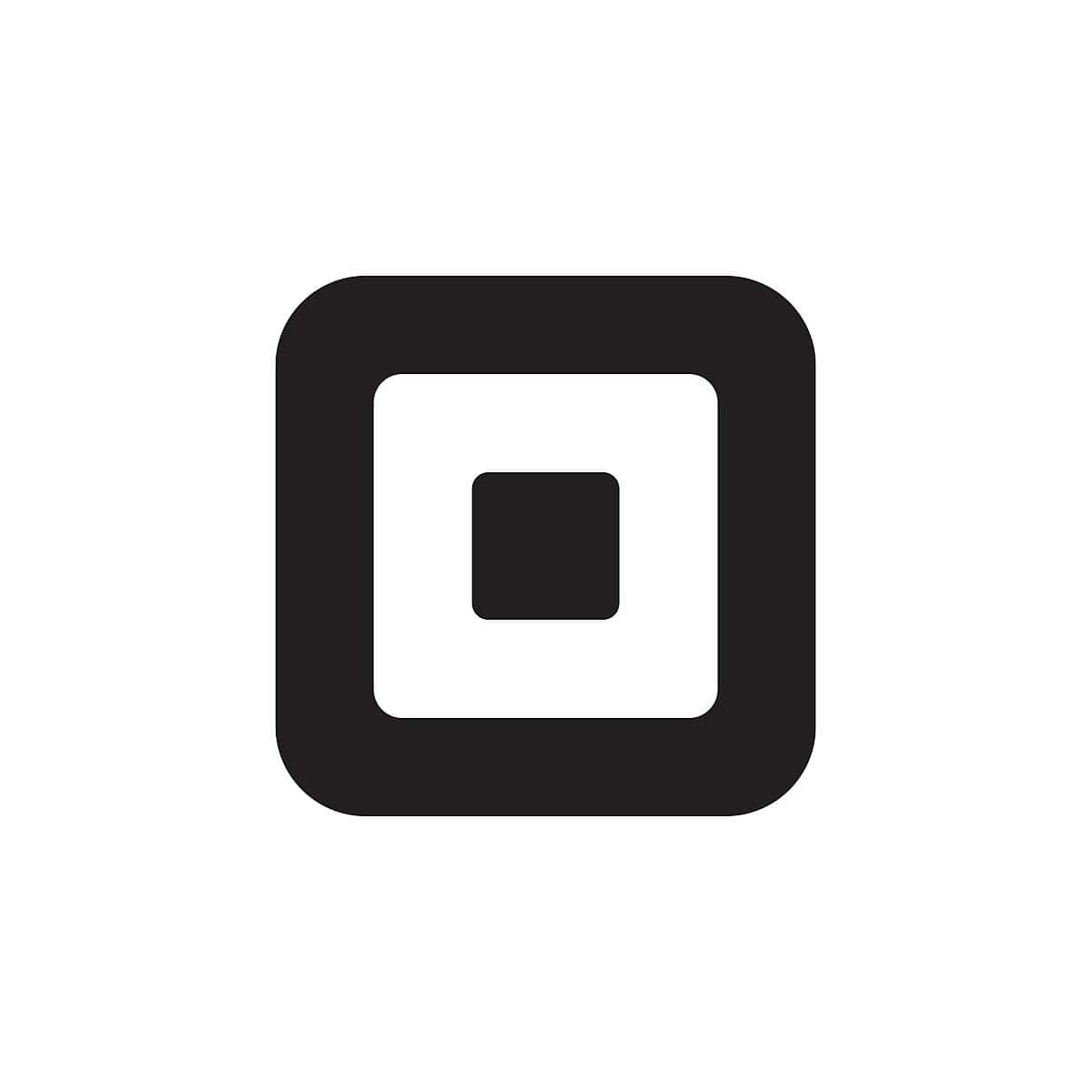Thinking about adding ACH as a payment option? This complete guide to ACH payments will answer all your questions and help you decide if ACH is right for your customers and your small business needs.
Our content reflects the editorial opinions of our experts. While our site makes money through
referral partnerships, we only partner with companies that meet our standards for quality, as outlined in our independent
rating and scoring system.
ACH payments are electronic transactions that shift money from one bank account to another. So, are ACH transactions safe and reliable?
In this post, we’ll explore all things ACH to help you decide if your small business should accept ACH payments.
For specific vendor recommendations that offer ACH processing, check out our article on the best ACH payment processors for small businesses.
What Is An ACH Payment?
ACH payments are automated digital payments. For most businesses, ACH is generally cost-effective and reliable.
ACH payments use a wireless network called the Automated Clearing House to transfer funds from one bank account to another. They are available at almost all US-based bank and credit union accounts.
Who Can Use ACH Transfers?
Any business with a bank account within the Automated Clearing House network can use ACH transactions to make it easier for customers to pay. You can use ACH in many aspects of your business, including banking and loan payments, to simplify your finance tracking.
Here are some specific suggestions for smart ways to put ACH to work for your business:
- Bill Payment: ACH payments are particularly well suited to utility bills, medical expenses, and tuition payments.
- Payroll Services: Using ACH in accounting to manage payroll via direct deposit is one of the easiest ways to simplify your business bookkeeping.
- Tax Payments: Individual taxpayers who make electronic tax payments are using ACH payment processing. In business, you can use ACH in accounting to help you make state and federal tax payments easily — and on time.
- Loan Payments: ACH payments are one of the easiest ways to handle business loan repayment.
- Memberships & Subscriptions: From software to professional organizations and everything in between, you can probably set up ACH transactions to ensure payment is made on time, with no lapses or interruptions.
- Rent Payments: Whether you’re the tenant or the property owner/manager, ACH payments are a simple and easy way to pay the rent. You can set up automatic payments, so you don’t have to think about the rent/mortgage each month.
- Recurring Services: Freelancers, coaches, therapists, and contractors don’t have time to track down payments. If you let your clients know they can pay quickly via ACH, they may be more inclined to do so.
- Donations: Most of the information in this article relates to sales, but nonprofits can also use ACH payments. If you rely on one-time or recurring donations, invite your patrons to send funds via ACH instead of a check or credit card.
- Merchant Accounts: You probably already have a merchant account set up that allows you to accept credit cards, debit cards, and other forms of payment. Check with your processor to see if you can include ACH payment processing services under your existing account.
- B2B Payments: Just as you should encourage your customers to pay invoices via ACH transfers, you should consider setting up ACH payments for your business bills.
- eCommerce: Your customers are used to paying online with a credit card or a service like PayPal. Steering them toward ACH payments can save you a lot of money in credit card processing fees.
- Account Transfers: You can also use ACH payments to move funds from one bank to another.
How Does ACH Work?
ACH transfers take slightly different forms, depending on whether they are ACH debits or ACH credits. However, in both cases, the process is almost completely automated once it’s initiated. ACH transactions can be mostly hands-off and easy to manage.
Let’s look at the steps involved in any ACH transfers:
1. Gather Or Share Information To Authorize Payment
Before processing or initiating an ACH payment, you’ll need the account and routing information for both the payer’s and receiver’s accounts (known respectively as the ODFI and the RDFI). Don’t worry: The banks do all the work from here once you have the banking information.
The payer will need to complete an ACH authorization form that includes:
- The payer’s name and contact information
- The payee’s name and contact information
- Payment details, including payment amount and schedule (one-time or recurring)
- Authorization statement
- A recourse statement that explains how to cancel the agreement and how much notice is required to do so
- The payer’s bank details
- Date of agreement
- Signatures (if using a physical paper form)
The easiest way to collect this information is usually online, and as long as you get the required information, you can gather it however makes sense for your business.
2. Forward Payment Information to the ODFI
Nearly all banks and credit unions in the US are connected to Nacha. (Nacha is the governing body of the ACH network and sets the rules.)
When a payment request is received, the payer’s bank (the ODFI, or originating depository financial institution) reviews it, verifies that funds are available in the payer’s account, and then submits the payment request to the ACH.
3. ODFI Sends Payment Files To The ACH
Banks and credit unions don’t submit each ACH payment request as it comes in. Instead, ACH payment requests are grouped in batches and processed at set times each business day. ACH payments are not processed on days when banks are not open, such as weekends and holidays.
4. The ACH Sends Files To The Payer's Bank
ACH operators receive the ACH requests and sort them into credits and debits to ensure that funds are transferred correctly. After sorting, the ACH forwards each request to its appropriate RDFI (receiving depository financial institution).
5. Funds are Withdrawn & Sent To the ACH
The RDFI again verifies that the funds are available to cover the transaction and then either credits or debits the bank account. Funds are sent back to the ACH.
6. The ACH Sends Funds To Your Bank
Once the ACH receives the funds, the US Federal Reserve manages the process of transferring funds between the payer bank and the payee bank. Once the funds are received in your account, you can access them, transfer them, or spend them however you’d like.
How Long Do ACH Payments Take & When Do ACH Payments Post?
With any electronic payment, you can expect a lag time between when the customer pays and when the money is available for you to access. Here are answers to some common questions about ACH payment timing:
Do ACH Payments Post On Weekends?
Nacha requires banks to process ACH payments within one business day of receiving payment requests. Note the key phrase “business day.” This tells you that ACH payments won’t be processed on days banks typically are closed, such as weekends and holidays.
What Are ACH Batch Times?
Banks hold ACH payment requests as they come in and then process them in batches. Batch processing times can change, but are set by Nacha consistently across all banks.
All ACH batch processing is set to Eastern time, so if you’re in a different time zone, your late-day transactions may not process until the next business day.
Do Banks Hold ACH Payments?
When your bank receives funds from an ACH payment, it may hold the money for a short time before making it available. Typically, this hold time will be no more than one or two days, with most ACH payments processed by the next business day.
ACH payments do not post on weekends or holidays when banks are closed.
Is Same-Day ACH Processing Available?
If you just can’t wait for standard processing times, Nacha enables same-day ACH processing for most types of ACH payments. However, not all US banks and credit unions participate in the same-day program, and there’s no support for international transactions.
If you want to access same-day ACH processing, your expedited transactions may be subject to additional fees. Nacha also imposes a $1 million-per-transaction limit on same-day ACH processing. Your business bank may impose limits on ACH transactions by day, week, or month. Check with your bank for details.
The Bottom Line On ACH Payments
ACH payments are safe, reliable, convenient, and reasonably fast. Whether you’re aware of it or not, you’re probably already using ACH in your business, whether for payroll, recurring bills, rent, or subscription fees.
If you’re not encouraging your customers to utilize ACH payments, you’re missing an opportunity to save money and receive payment not only more quickly, but also more reliably. If your business model relies on subscriptions or any other kind of recurring payment, that’s especially true for you.
Ready to get started with ACH payments? Check out our complete guide to learn how to accept ACH payments so you and your customers can start setting up and benefiting from this payment method.
ACH Payment FAQs
Are ACH payments safe?
Yes. The federal government regulates ACH and works with Nacha to offer internal controls to merchants. Nacha manages the electronic ACH network and advises customers on safeguarding their account and routing numbers when making their ACH transactions. Transactions are facilitated by the Federal Reserve and are secure.
Are ACH payments safer than checks?
Yes. ACH transactions are much safer than traditional paper checks. ACH payments can’t be lost in the mail or intercepted and used fraudulently, because ACH transactions are entirely electronic.
Is ACH the same as wire transfer?
No. ACH transactions and wire transfers are types of electronic fund transfers (EFT). The main differences between ACH and wire transfers are fees, speed, and security capabilities. ACH transfers are typically less expensive and more secure, while wire transfers can more easily be sent internationally.
Is Zelle an ACH transfer?
Zelle uses a payment network that processes instant ACH transfers between banks. These ACH transfers credit funds to an account while the actual exchange of funds between banks resolves several days later.
Is PayPal an ACH transfer?
PayPal uses electronic ACH payments that are processed over the PayPal network. PayPal is technically not an ACH transfer service but a digital wallet, although it uses ACH transfers to move funds from its digital wallet to user bank accounts.











